Cinema camera sensors are at the heart of filmmaking technology. The size of the sensor in a camera significantly impacts the visual aesthetic of a film, determining everything from the depth of field and image clarity to the overall dynamic range and texture. In an era where digital technology dominates, understanding the philosophy behind sensor size and its implications on creative decisions is crucial for both filmmakers and enthusiasts. Let’s discuss the philosophy behind it.
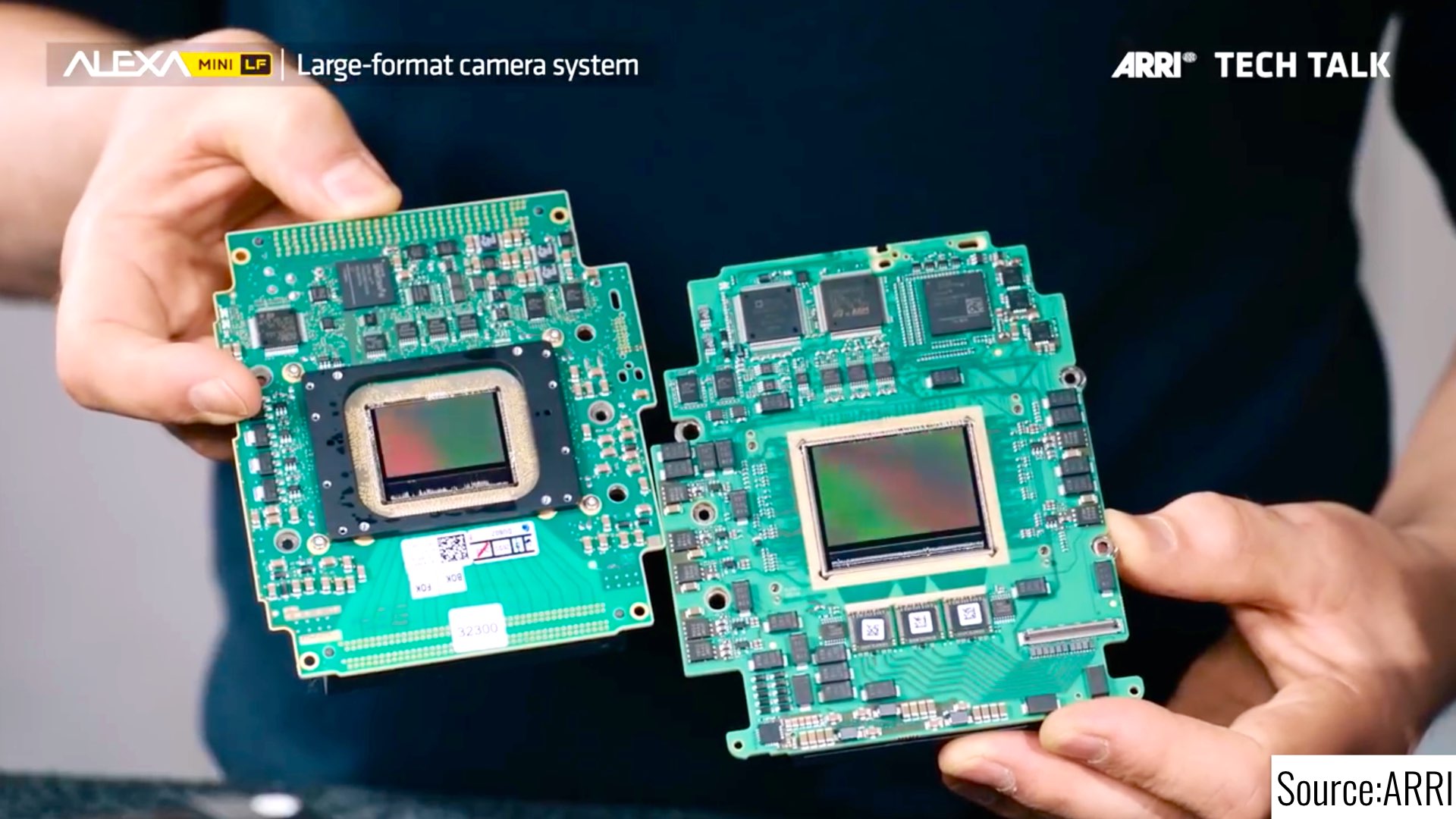
The Sensor Size
As the film industry continues to embrace digital filmmaking, the choice of sensor size becomes one of the most important decisions a filmmaker makes, as it shapes the very nature of how a story will look. Whether it’s the cinematic grandeur offered by large-format cameras or the intimate, classic feel of Super 35mm, each sensor size brings a unique look to the screen. This article explores the history, impact, and philosophy behind the different sensor sizes in cinema cameras and how they affect the filmmaking process.

The Rise of Large-Format Cinema Cameras
Large-format cinema cameras have revolutionized the way filmmakers capture their stories, offering a level of detail, clarity, and visual richness that smaller sensors can’t replicate. These cameras, with their larger-than-life sensors, have become the go-to choice for many high-profile productions. Cameras like the ARRI Alexa 65 are now at the forefront of large-format filmmaking, offering a sensor that captures immense detail with wide dynamic range, greater tonal depth, and an unparalleled visual texture. The appeal of large-format cameras goes beyond their sheer image quality. As we saw in the Large Format Look Shootout: ARRI Alexa 65 vs. ARRI Alexa Mini, the difference in visual richness between a large-format sensor and a smaller one is striking. The Alexa 65, for instance, provides a broad canvas that allows filmmakers to push creative boundaries. Its ability to handle intricate details in both the shadows and highlights is crucial for capturing the vast scope of epic films. In films such as Oppenheimer, shot on this very camera, the immersive experience delivered by the large sensor is undeniable, giving the audience a sense of being part of the story’s world.
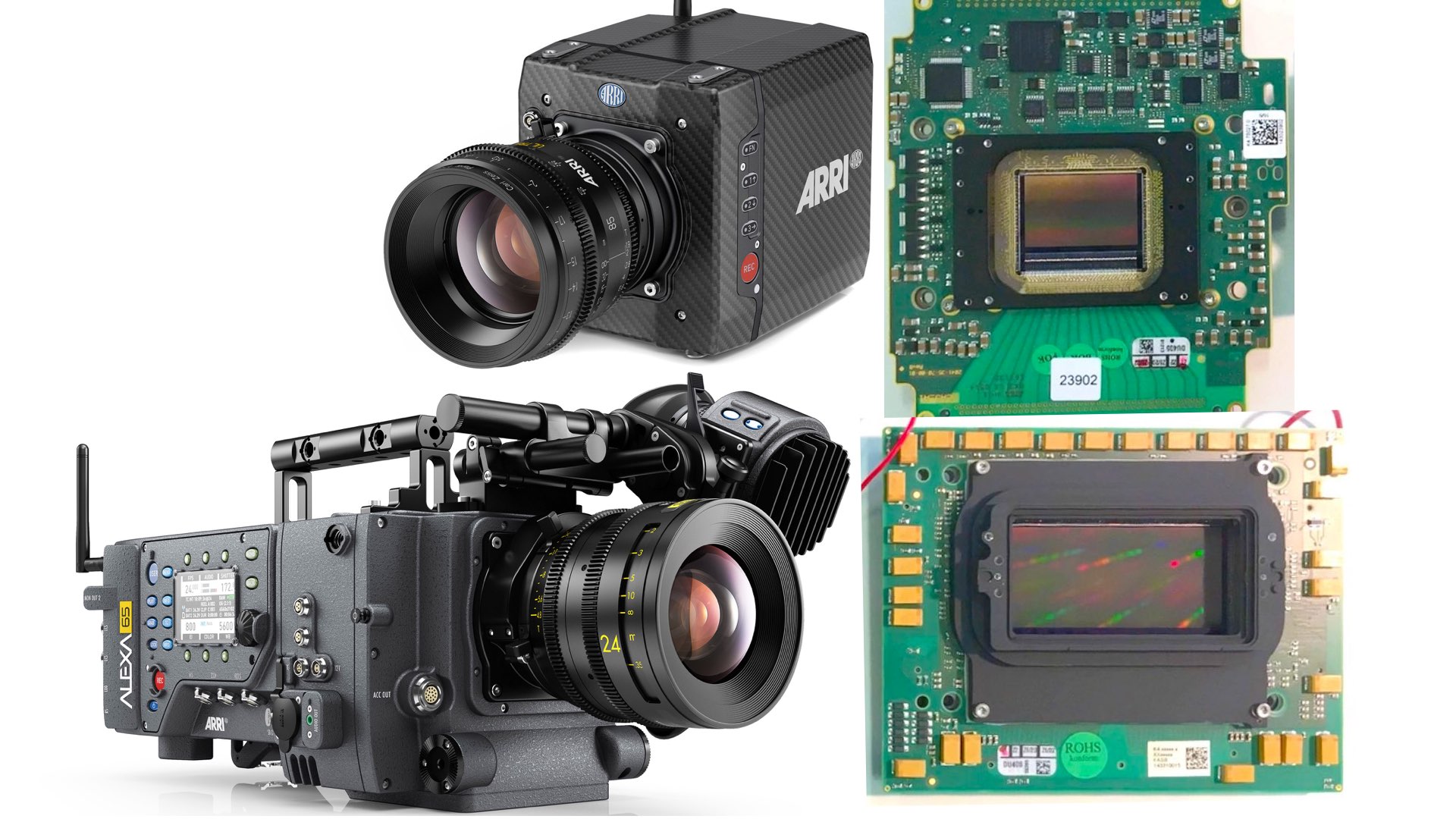
Large-format sensors have become synonymous with high-budget productions, where the cost of the camera and its lenses is justified by the unparalleled visual quality it produces. The resolution, sharpness, and the ability to capture fine details are key factors that drive the adoption of large-format sensors, making them indispensable for filmmakers aiming for the highest level of realism and cinematic experience.
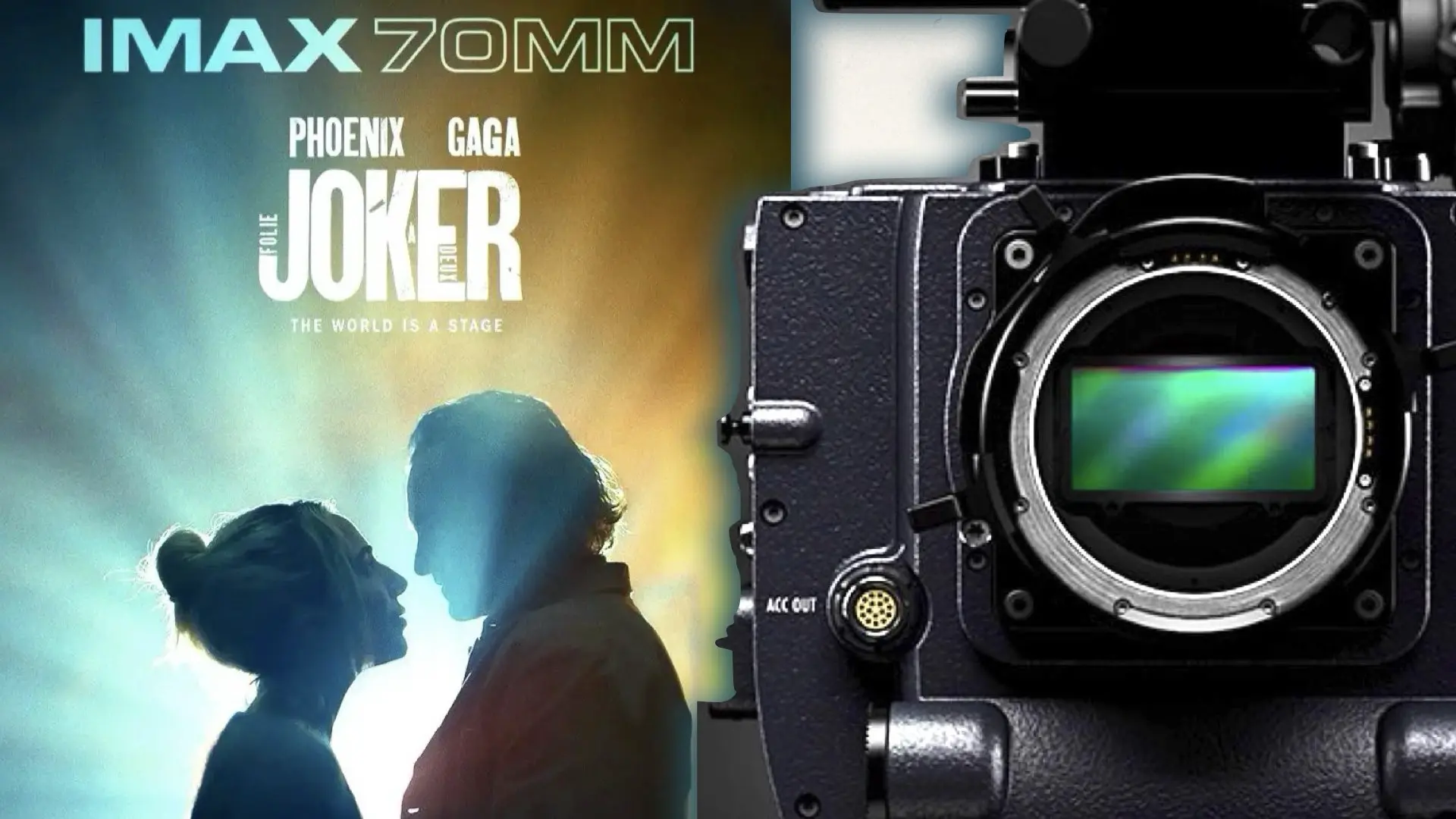
Large-format and Immersive Storytelling
In large-format filmmaking, the immersive experience is at the core of the storytelling process. With their ability to capture more of the environment, large-format sensors enable filmmakers to place viewers directly within the world of the film. The use of large-format cameras has become standard in big-budget productions, offering filmmakers the opportunity to tell their stories on a grand scale. A solid example of this is the success of films shot with IMAX cameras, such as Christopher Nolan’s Dunkirk, which was shot using a mixture of IMAX cameras and large-format film. The clarity and detail in such films are unparalleled, making every scene feel more visceral and engaging. As Lawrence Sher ASC discusses in Joker 2, large-format cameras create a profound emotional connection, enabling a more intense experience for the audience.
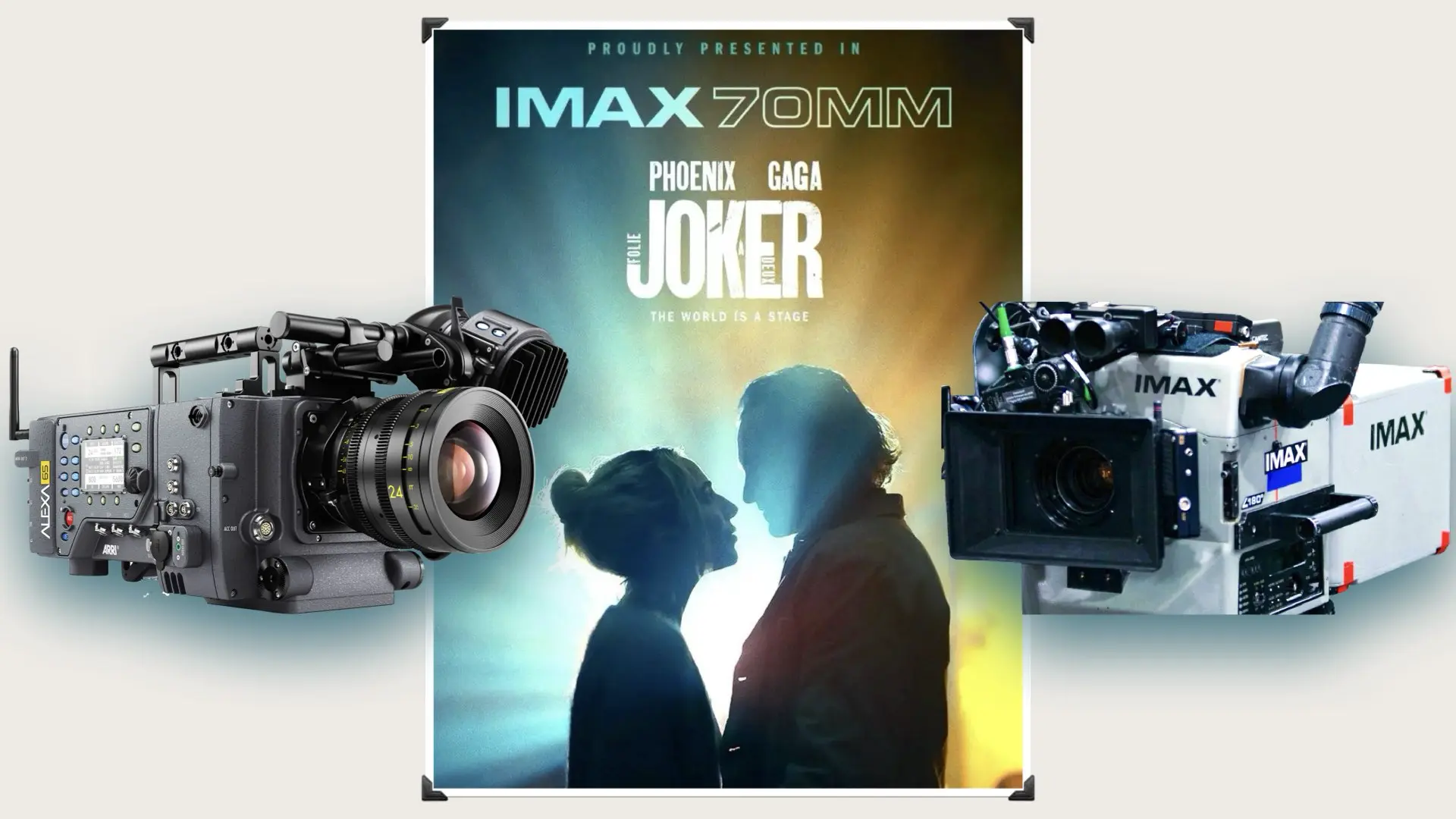
This sense of immersion is not limited to action-heavy blockbusters. Large-format sensors can also elevate more intimate, character-driven narratives, showcasing every subtle emotional nuance and environmental detail. In films like Oppenheimer, where every close-up and wide shot is meant to draw the audience into the story, the vastness of the large-format sensor plays a key role.
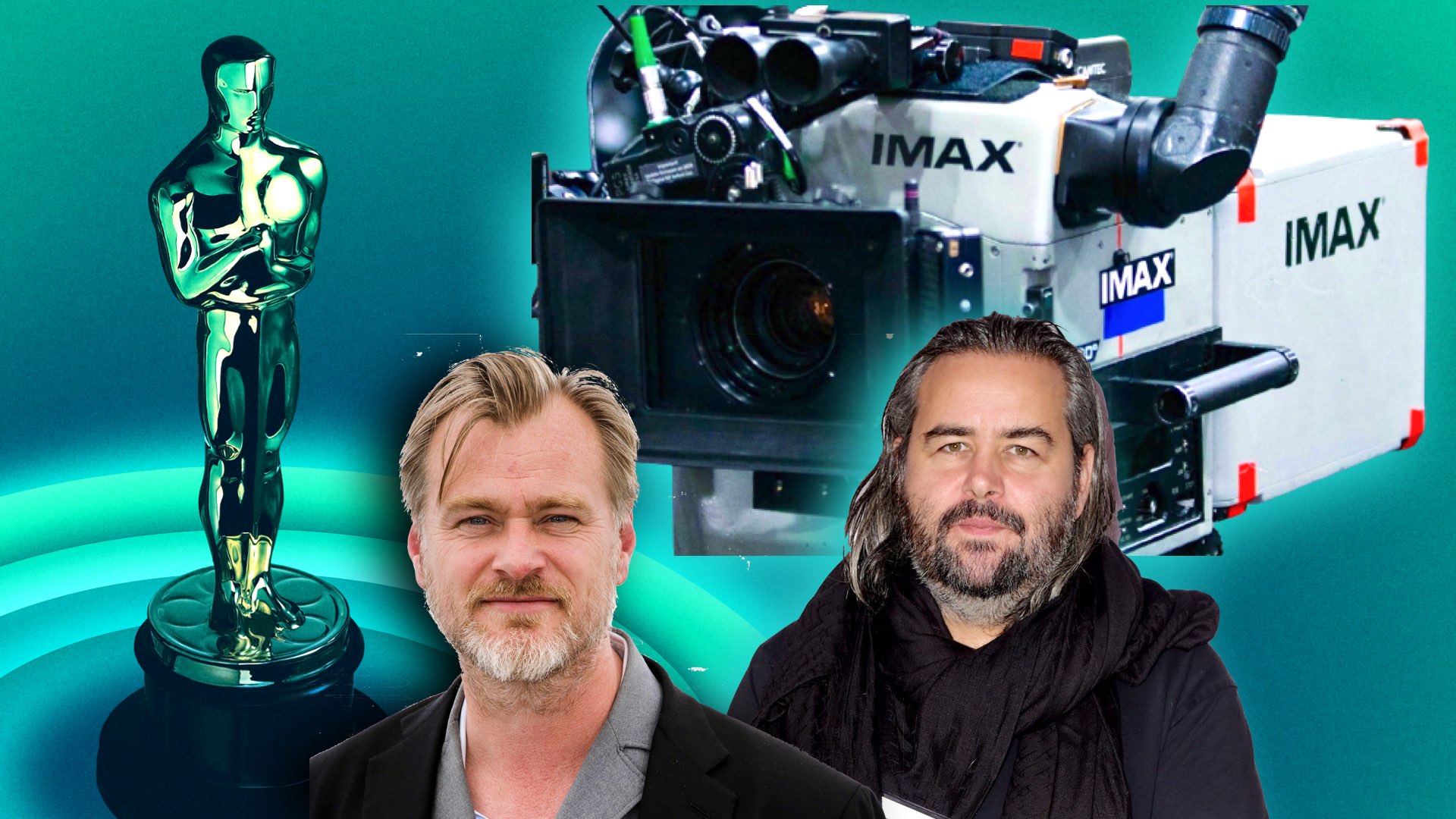
Super 35mm: A Classic Standard for Cinematic Depth
While large-format cameras dominate high-end filmmaking, Super 35mm still remains a beloved choice among filmmakers due to its balance between cinematic richness and technical flexibility. For many, Super 35mm represents the classic look of cinema, as it offers a depth of field that creates a distinct separation between subjects and the background. Super 35mm cameras, such as the ARRI ALEXA 35, Mini, and Classic, deliver a perfect balance of clarity, depth, and creative control. Despite the rise of large-format systems, Super 35mm cameras continue to hold sway in many aspects of filmmaking. They remain the preferred choice for a significant number of filmmakers, as showcased in TIFF 2024, where Super 35mm cameras were used in multiple prestigious films. Even in the midst of an ongoing trend toward larger sensors, Super 35mm cameras have proven their versatility and resilience, offering a classic, filmic look that’s difficult to replicate with digital formats.
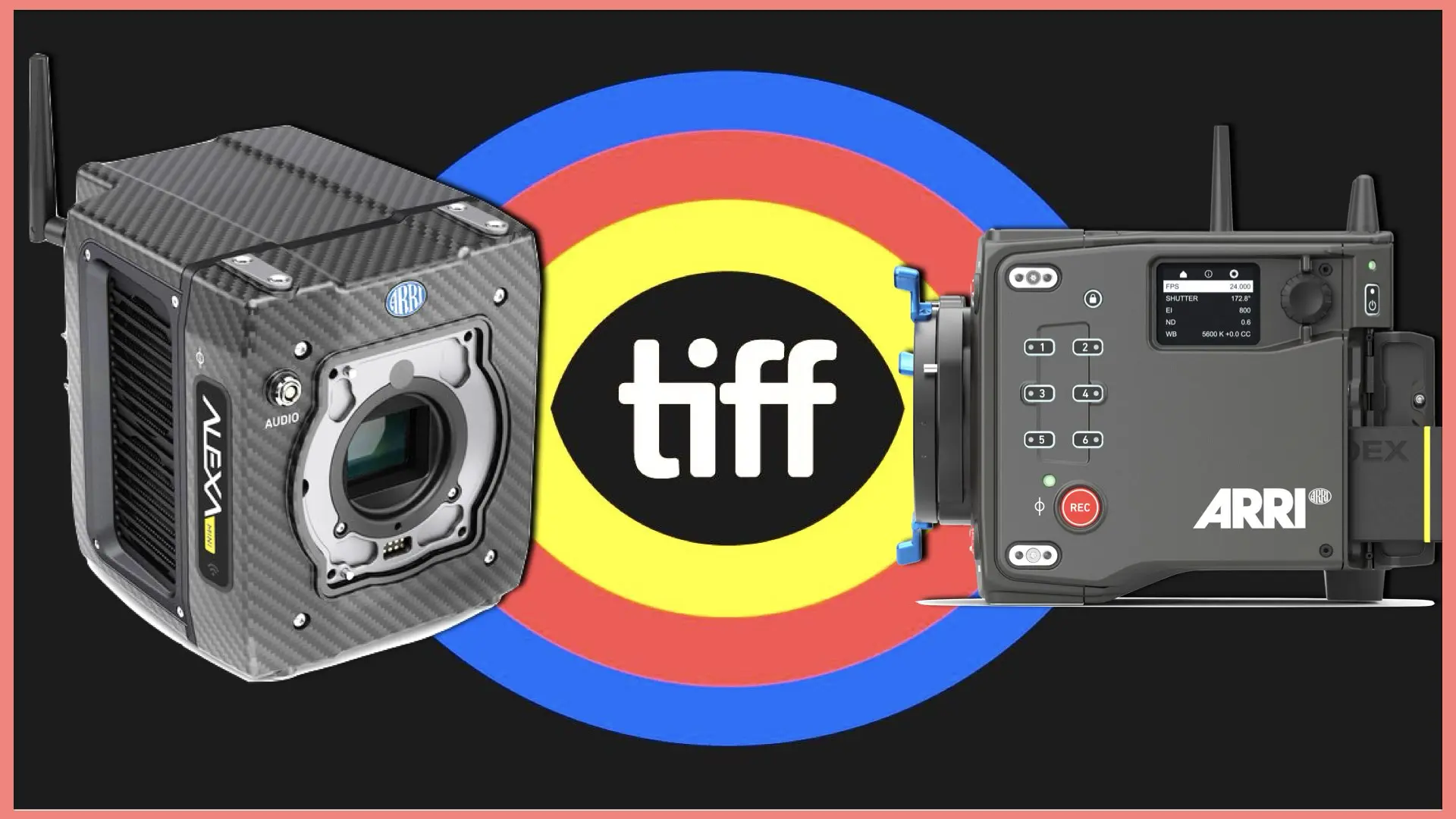
The appeal of Super 35 lies in its versatility. It allows filmmakers to achieve a more intimate, refined aesthetic while still maintaining the technical prowess required for professional cinema. For filmmakers seeking a more personal, grounded feel, Super 35 provides a subtle depth of field that allows the subject to stand out without overwhelming the viewer with too much visual information.
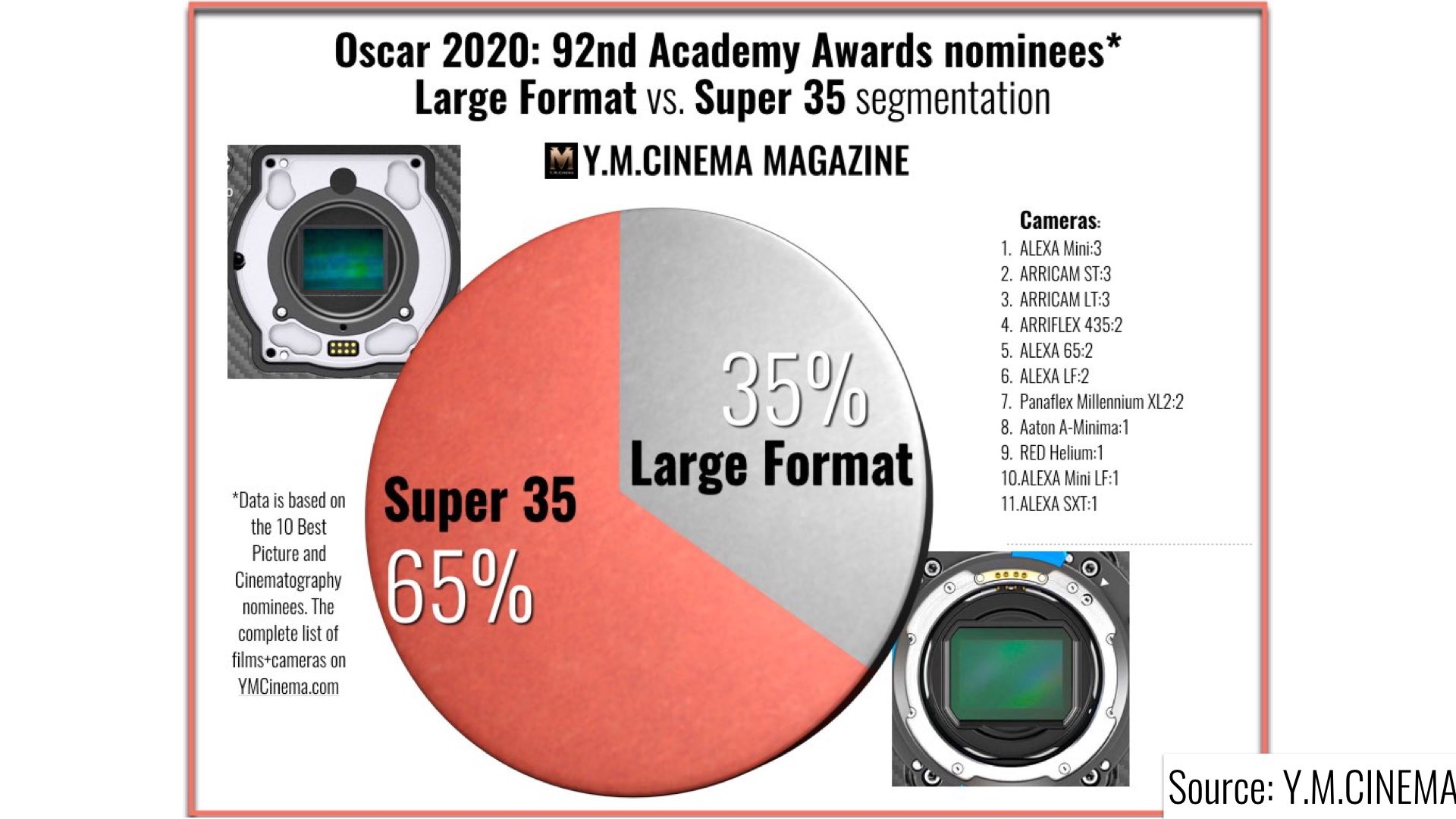
Medium Format: A New Era of Cinematic Expression
The advent of medium-format cinema cameras marks a new frontier in filmmaking. Medium format, which sits between Super 35mm and large format, provides a unique combination of sharpness, resolution, and cinematic depth. Even low-end cameras like the Fujifilm GFX100S have been pushing the boundaries of what’s possible with medium-format digital technology. Medium-format cameras offer a level of resolution that surpasses Super 35 but doesn’t overwhelm filmmakers with the technical challenges that come with large-format systems. As noted in the article Will Sony Ever Release a Medium-Format Cinema Camera?, Sony’s foray into medium-format sensors suggests that the format may become an increasingly popular choice for filmmakers looking for high-resolution cameras without the logistical hurdles of larger systems. The medium-format sensor offers a balance of cinematic quality and ease of use, making it an attractive option for a range of filmmakers, from indie filmmakers to those working in more commercial spaces.
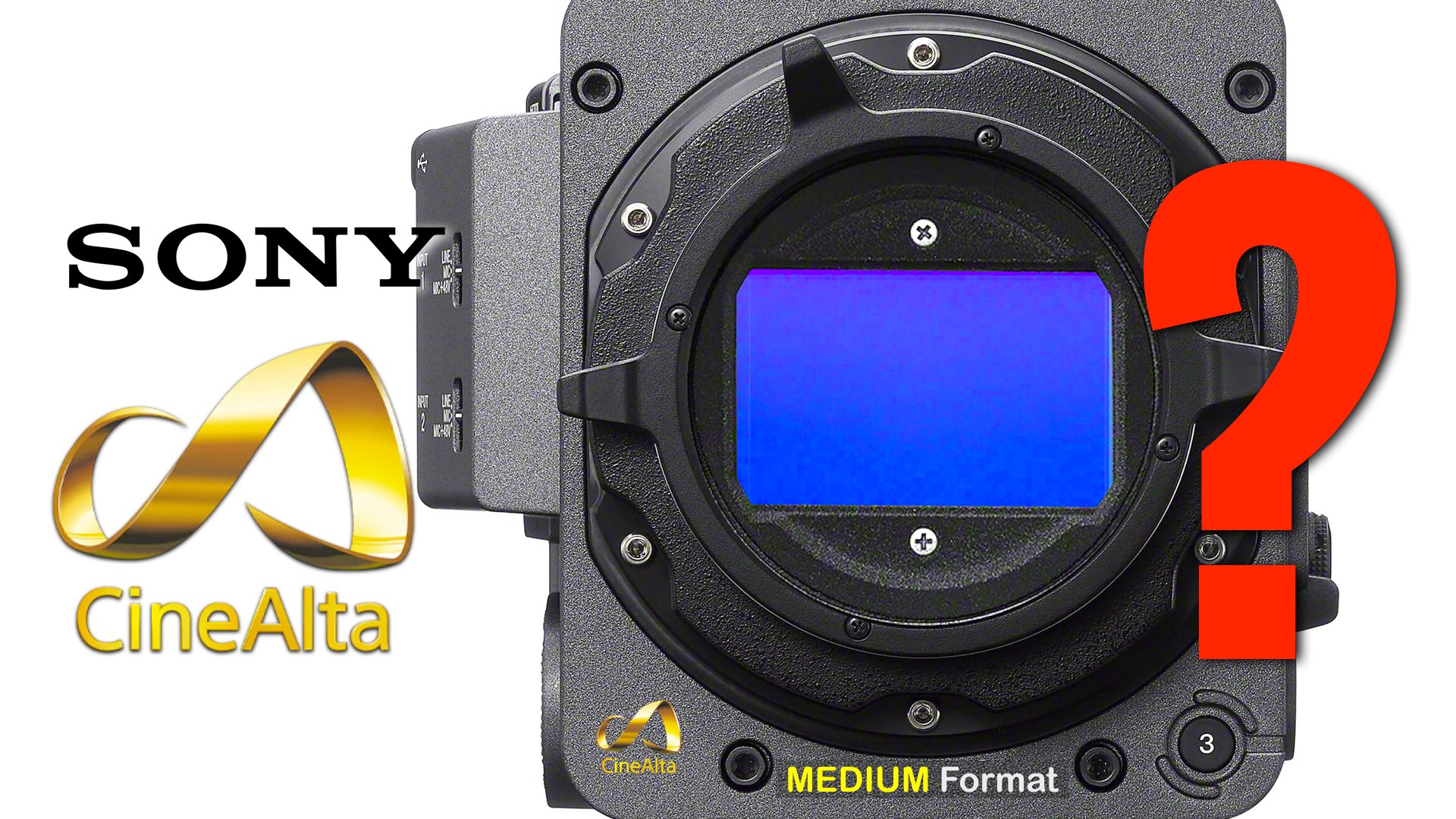
IMAX and the Evolution of Large-Format Filmmaking
IMAX has long been associated with large-format filmmaking, providing filmmakers with a platform for creating visually spectacular films. IMAX systems, such as those used in major productions like The Avengers and Dunkirk, are renowned for their ability to offer a larger-than-life cinematic experience. As discussed in James Cameron’s Reflections on IMAX, the partnership between filmmakers and IMAX has allowed for groundbreaking technological advancements in the way films are captured and projected. IMAX technology captures every detail with astounding clarity, enabling filmmakers to achieve a level of realism that other camera systems simply cannot match. As the IMAX ecosystem continues to evolve, filmmakers are able to push the boundaries of visual storytelling, bringing new depths of meaning to both action-packed sequences and emotionally intimate moments.
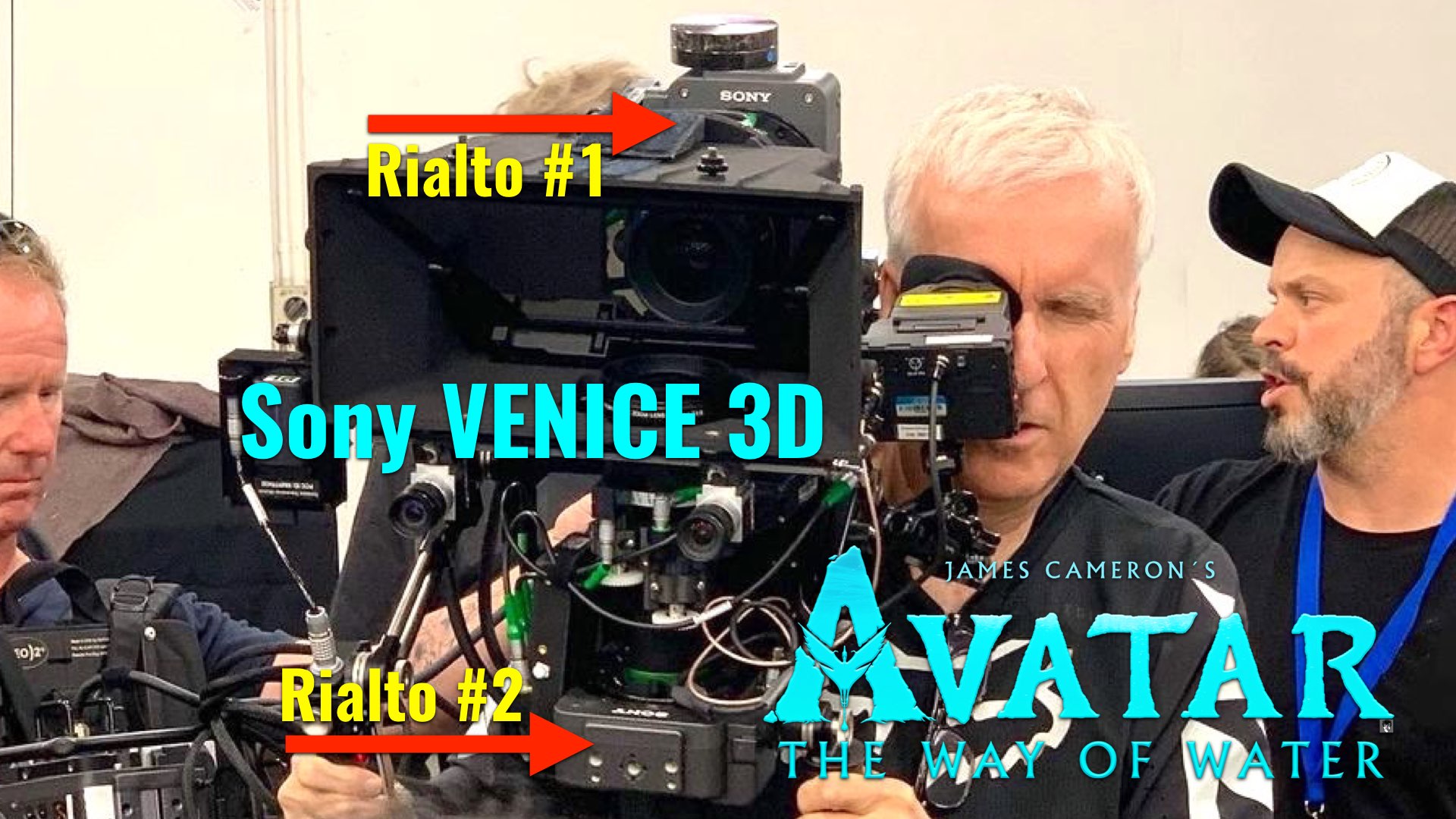
Lenses and Sensor Sizes
While sensor size plays a critical role in determining the overall look of a film, the choice of lens is equally important. Lenses dictate how light is captured and how depth of field is managed, influencing the way a film feels. Lenses designed for large-format cameras, such as those used on the ARRI ALEXA 65, are built to handle the massive amount of detail captured by the sensor, ensuring that each shot retains its clarity, even in the most complex compositions. The Oppenheimer team’s careful lens selection, which combined IMAX and Panavision lenses, allowed them to achieve breathtaking visual depth. Each lens used in this production was chosen to complement the massive sensor size of the IMAX cameras, ensuring that the director could capture both the grand scale of the story and the intricate human emotion behind each frame. Whether it’s the sophisticated lenses used with large-format sensors or the more traditional lenses for Super 35mm, the pairing of the right lens with the right sensor size is an essential aspect of visual storytelling.
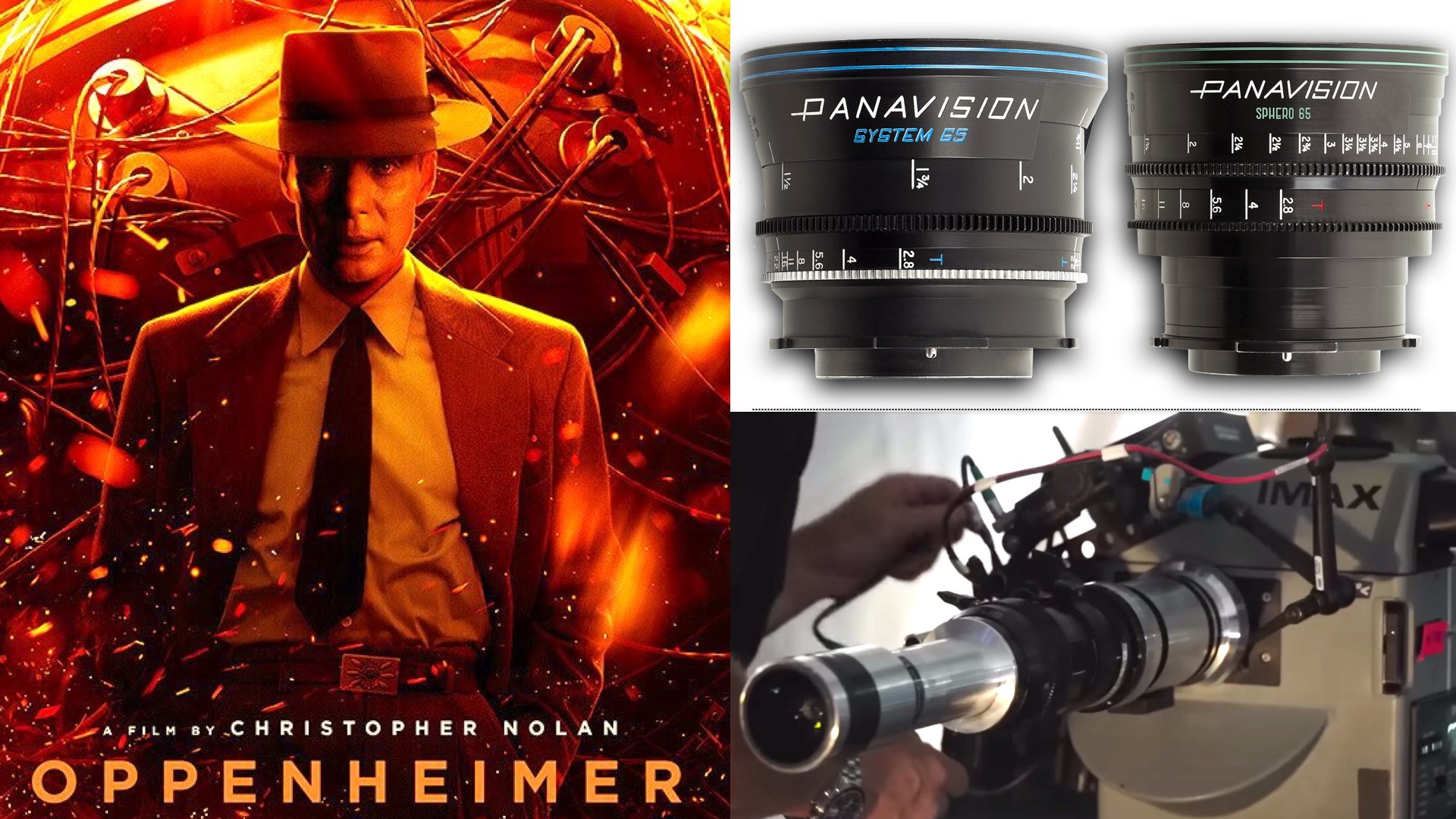
The Future of Camera Technology: AI, 8K, and Beyond
Looking to the future, new technologies such as artificial intelligence (AI) and 8K resolution are set to transform the landscape of filmmaking. AI is already making waves in post-production, and companies like Adobe are deeply involved in integrating AI into their workflows. As discussed in Adobe’s Commitment to AI Ethics, AI has the potential to streamline processes like color grading and sound design, helping filmmakers realize their creative vision more efficiently. In the realm of camera sensors, 8K resolution is becoming increasingly relevant. As discussed in the article on Sony’s 8K Alpha 7R V, 8K sensors are poised to offer an unprecedented level of detail, allowing for more flexibility in post-production, especially when cropping or stabilizing footage. The future of filmmaking lies in leveraging AI technology to enhance the way we capture and edit film, combining the best of both digital and analog worlds.

Conclusion
In conclusion, the philosophy behind cinema camera sensor sizes is about more than just numbers or technical specifications. It is about creating the most effective tools for storytelling. Whether it’s a massive large-format sensor capable of creating a sense of wonder, a Super 35mm sensor that provides a timeless cinematic aesthetic, or the emerging potential of medium-format sensors and AI-enhanced technology, each sensor type offers unique possibilities. As filmmakers continue to explore new creative horizons, the ongoing development of sensor technology, paired with advancements in lens design and AI, will continue to shape the way we experience cinema. Ultimately, the choice of sensor size should be guided by the filmmaker’s artistic vision and the kind of story they wish to tell—because, in the end, cinema is about capturing emotion and connection, regardless of the sensor size.

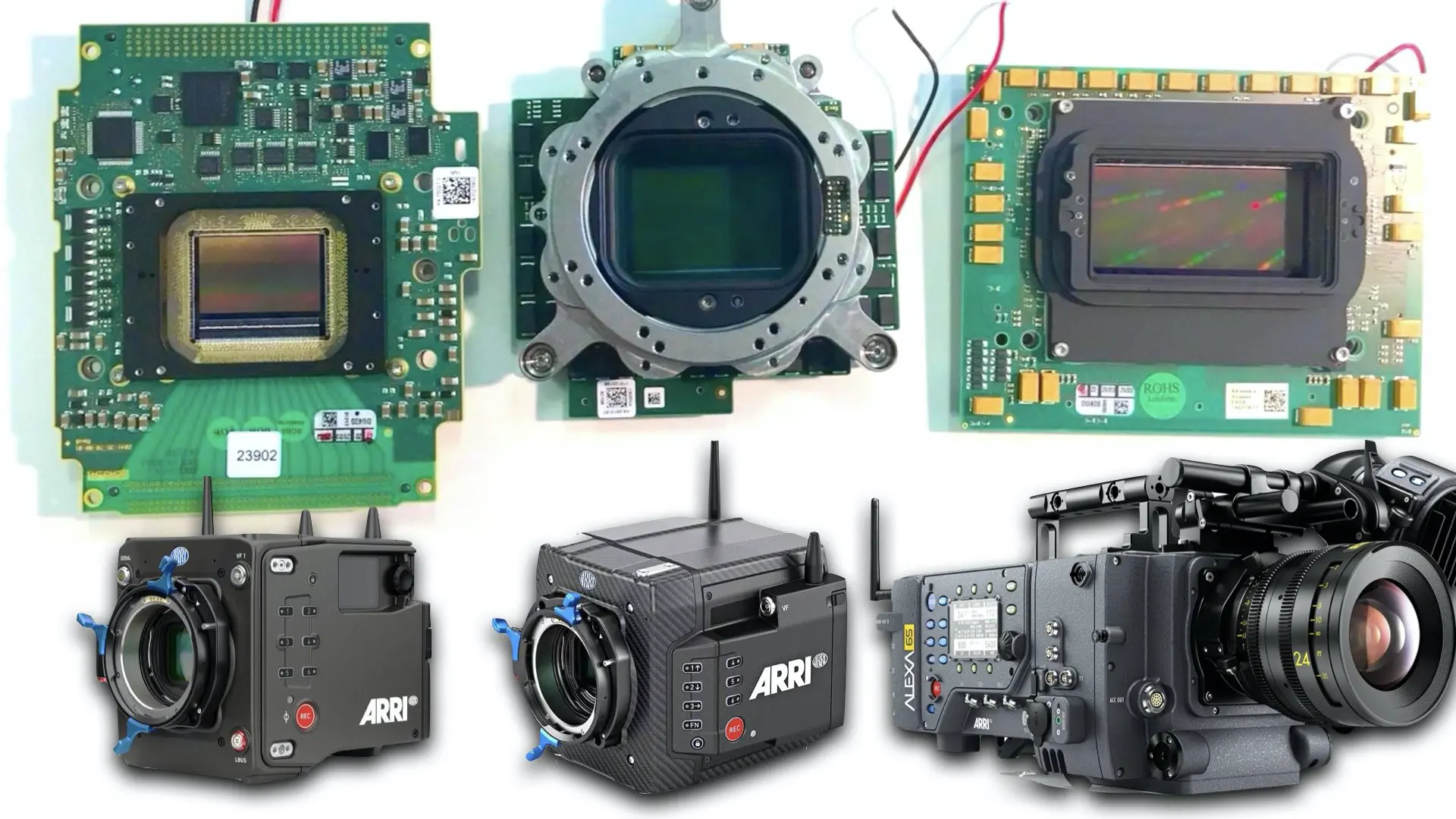
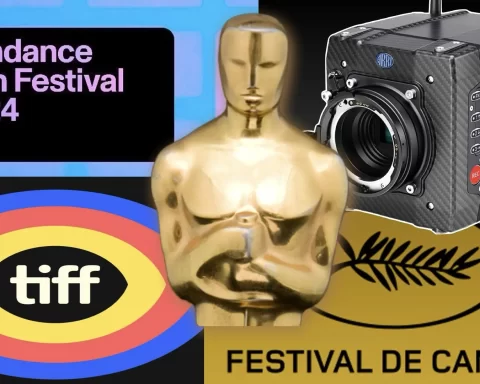

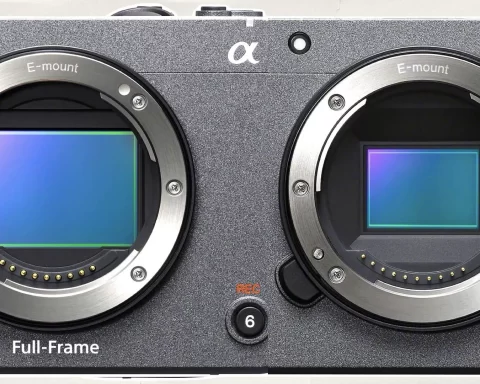
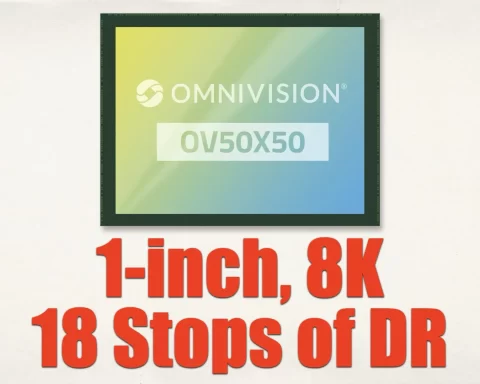
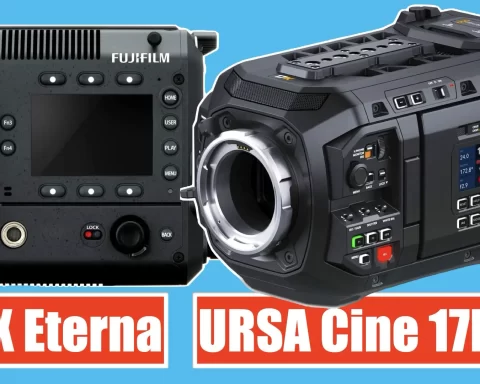
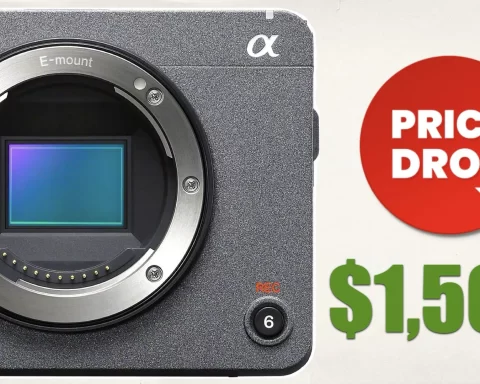
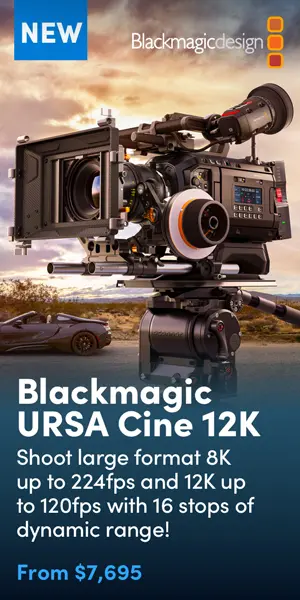
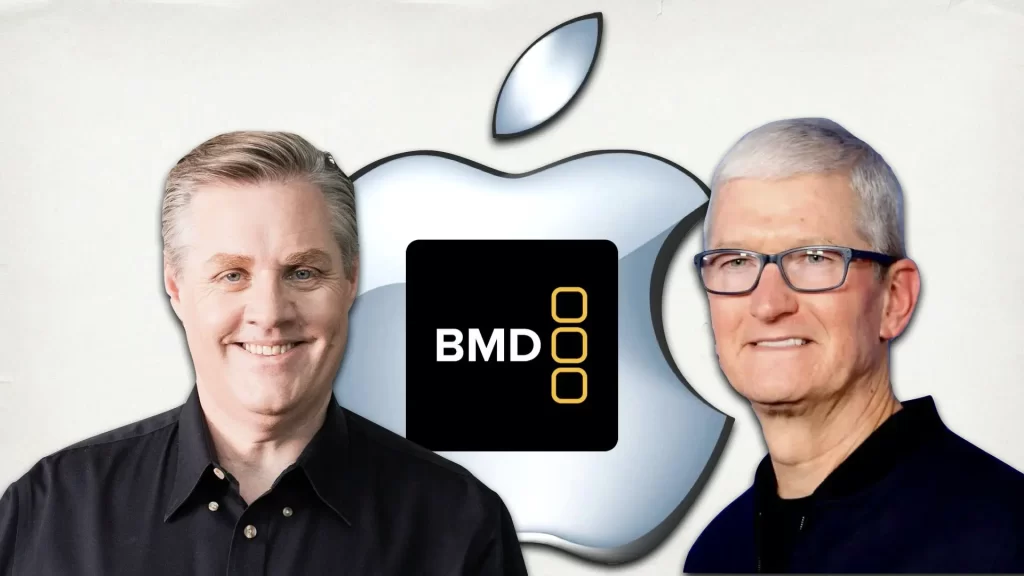
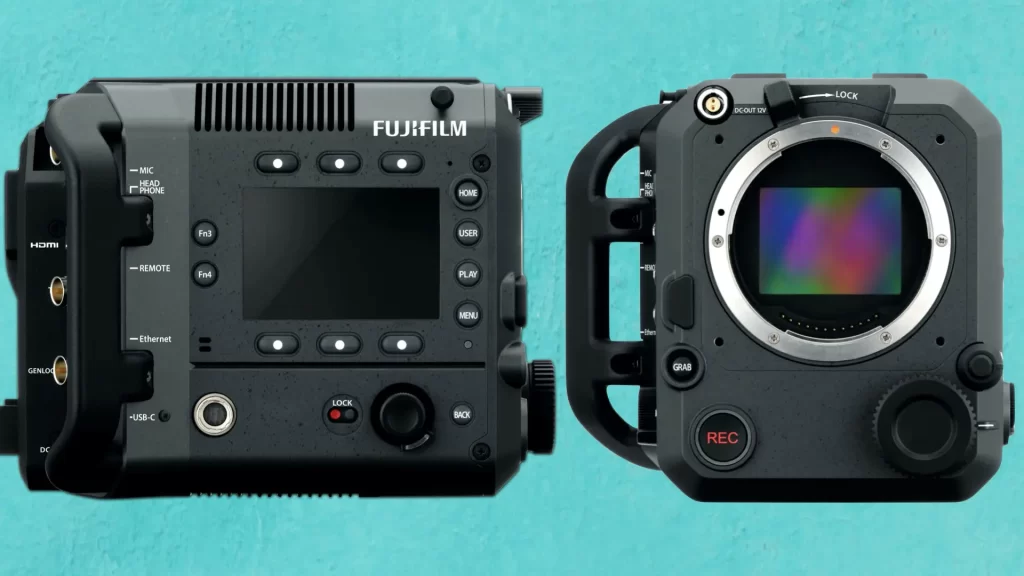
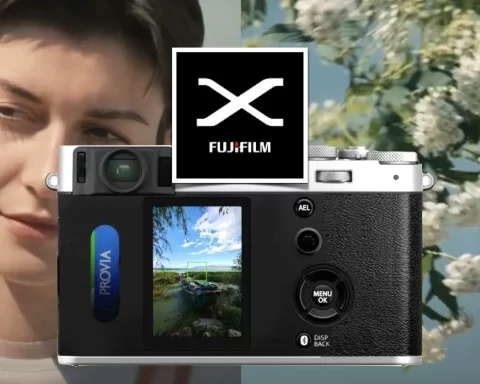
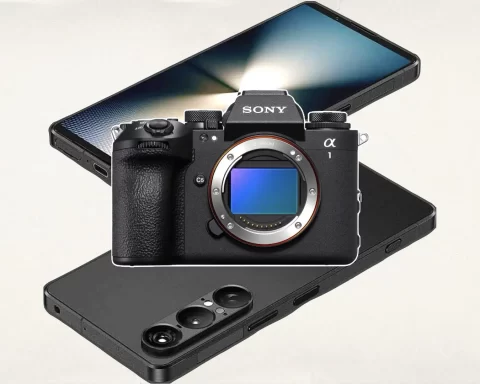
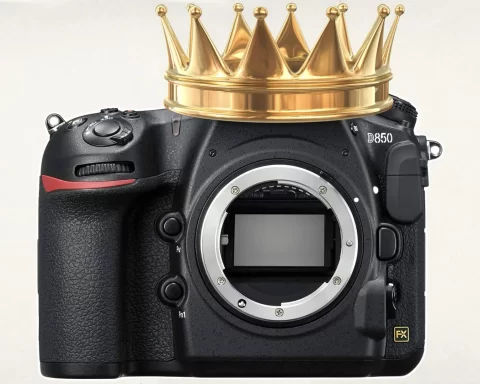
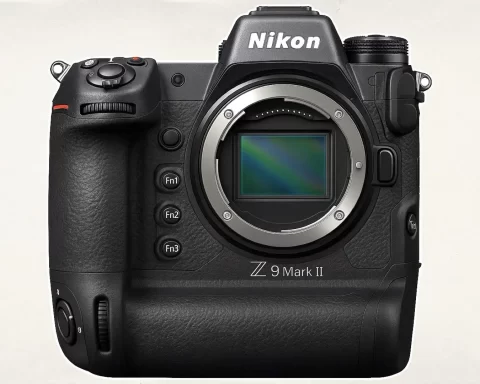
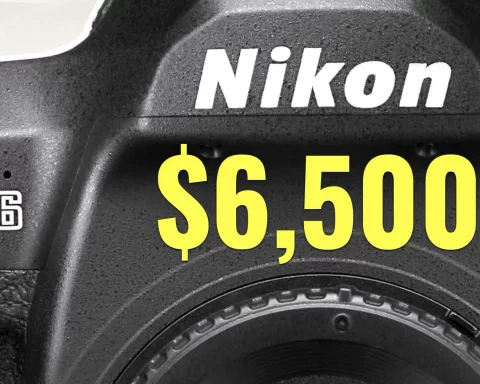

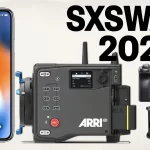
Interesting that an article focused on sensor sizes doesn’t even give any information on the size or the resolution.
It’s a philosophical debate, not a technical one.
It’s not an excuse to be sloppy.
Sharpness and tonal range a story doesn’t make. We all know that the key is first story, then actors, then audio, then lighting. The other choices, including format, lenses and all the rest, are supportive of the first choices and don’t make an enormous difference to the audience. Oppenheimer was an ok film, but just like Tarantino’s insistence on 65mm film, the results really don’t justify the means.
Large format for cinema takes on extra special interest now that Fujifilm just announced they’ve got a GFX cine camera in development.
Nolan doesn’t shoot digital. Oppenheimer was shot on various IMAX sized Kodak film.